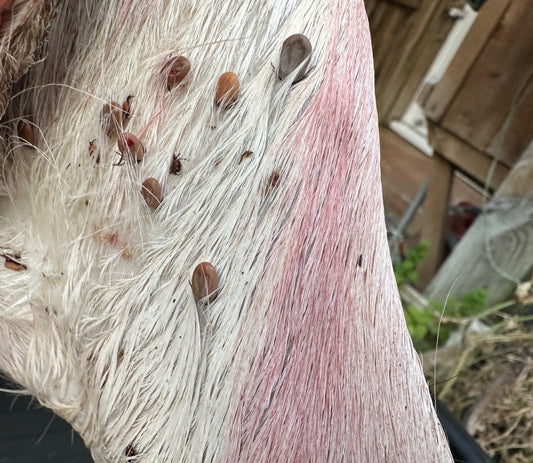Body:
Physical Health Assessment:
- Condition Scoring: A thorough understanding of condition scoring systems is essential for evaluating the health status of deer. This involves an appraisal of the animal’s body fat and musculature to ensure only those that are truly fit for survival are allowed to propagate.
- Observation of Coat and Hoof Health: The coat's condition often reflects overall health, while hoof integrity can signal nutritional imbalances or environmental stress. Both are critical markers in assessing the well-being of deer.
Behavioural Assessment:
- Social Integration: A deer's interaction within the herd offers insights into its health. Animals that are frequently isolated may be suffering from conditions that could potentially affect the rest of the herd and are thus candidates for culling.
- Activity Levels: A decrease in normal activity may indicate health issues. Vigilance in monitoring these changes is key in early detection and management.
Reproductive Health Monitoring:
- Breeding Success: The reproductive success of a herd can often indicate underlying health issues. Monitoring which animals are breeding successfully and the health of their offspring can help identify which individuals should be selected for culling.
- Genetic Contributions: Consider the genetic diversity and hereditary traits of the deer, aiming to cull those individuals that may be detrimental to the future health and vigour of the herd.
Disease Management and Biosecurity:
- Disease Surveillance: Regular health checks and disease monitoring, particularly for conditions such as bovine tuberculosis, are imperative for the early identification and management of potential outbreaks.
- Veterinary Partnerships: Collaborations with veterinarians and wildlife health experts can provide the necessary guidance on biosecurity measures and disease management protocols.
Ecological and Agricultural Implications:
- Crop Damage and Biodiversity: The impact of deer on crop yields and biodiversity is a significant consideration. An overabundant deer population can lead to substantial crop damage and a reduction in plant species diversity, affecting the entire ecosystem.
- Habitat Management: Implementing strategies that focus on habitat improvement can reduce the need for culling by supporting a balanced deer population that the land can sustain.
The culling of deer is a multifaceted operation that requires a blend of veterinary knowledge, ecological awareness, and agricultural acumen. It is a measure taken not just to protect crops but to safeguard the health of the deer population and the biodiversity of the environment. Effective deer management is a critical component of rural stewardship and requires ongoing education, vigilance, and a willingness to engage with the latest research and methodologies.
Farmers and landowners must embrace a proactive approach to deer management, engaging with the latest developments in the field, participating in regional conservation efforts, and sharing best practices. By fostering a community of knowledge and collaboration, the management of deer populations can be conducted with the highest standards of care and responsibility, ensuring the long-term sustainability of both agricultural interests and natural heritage.




